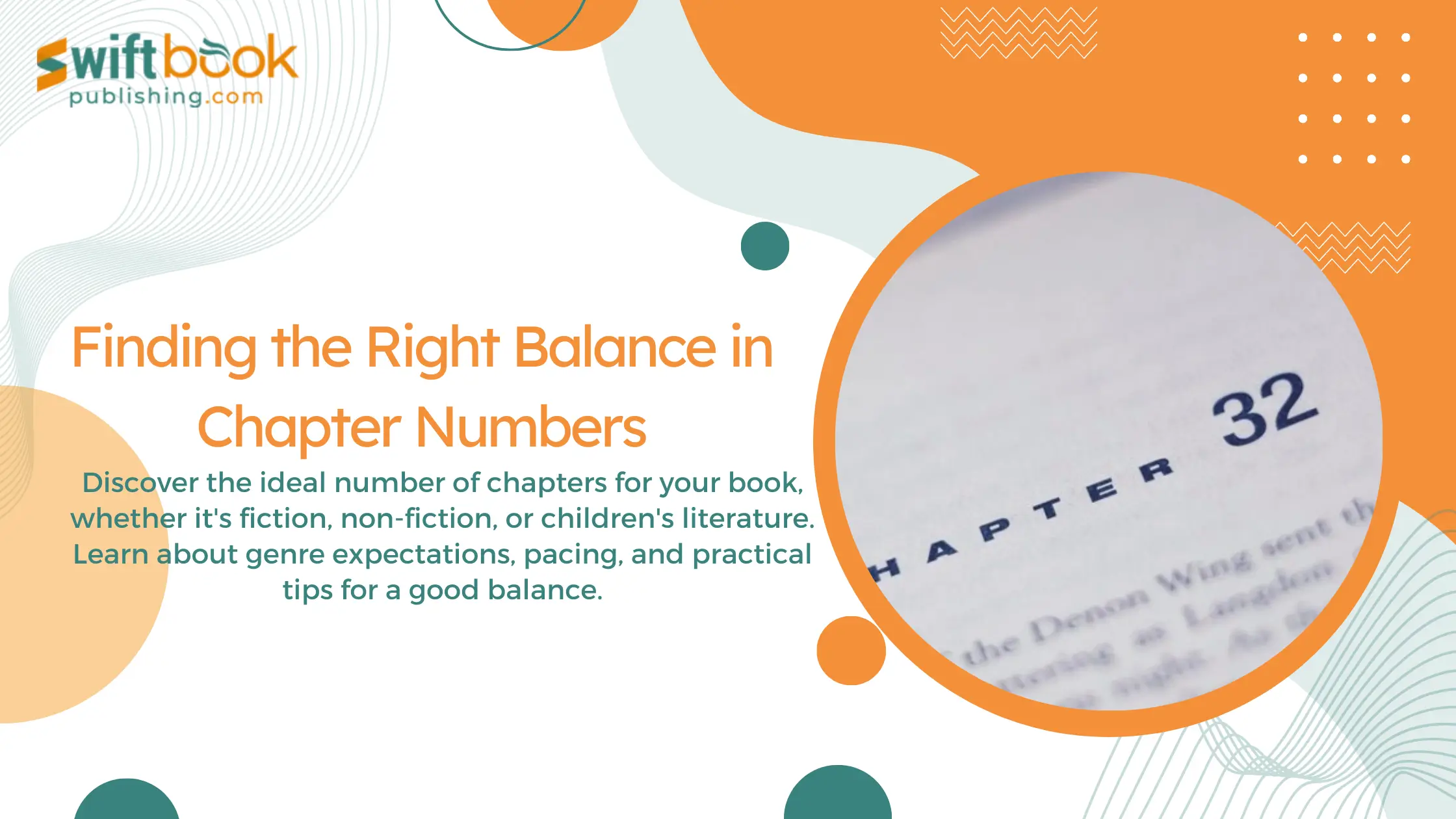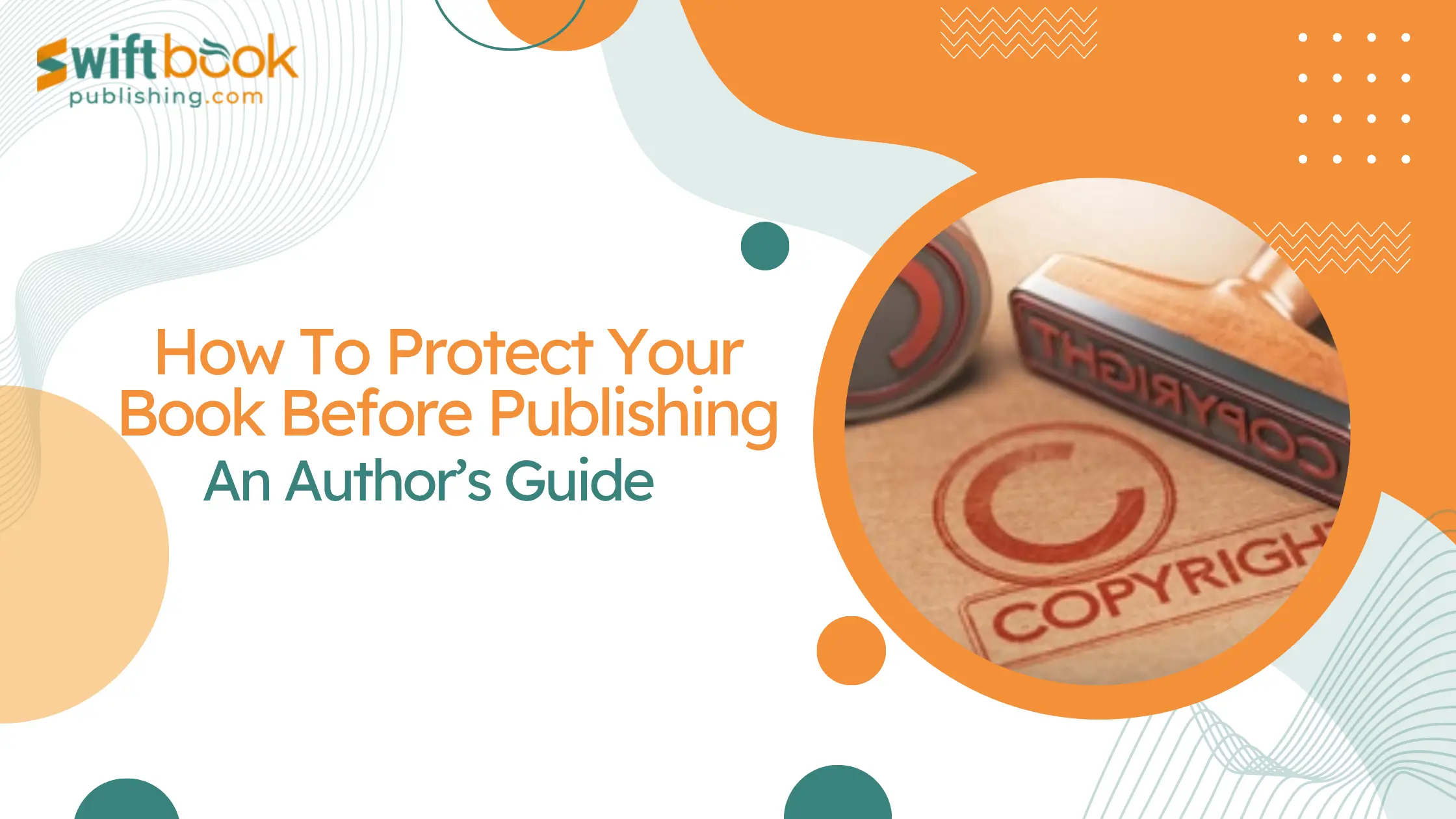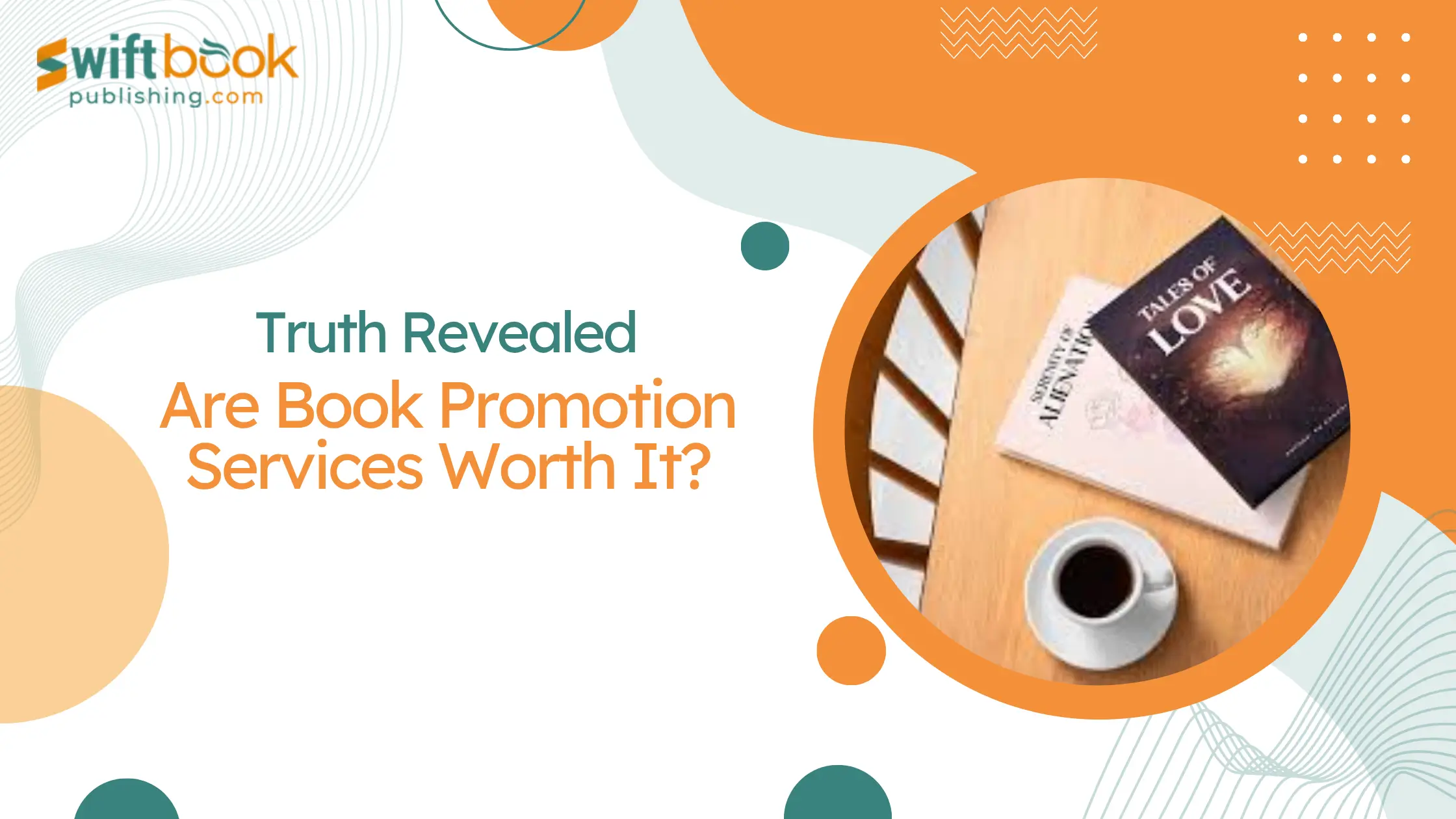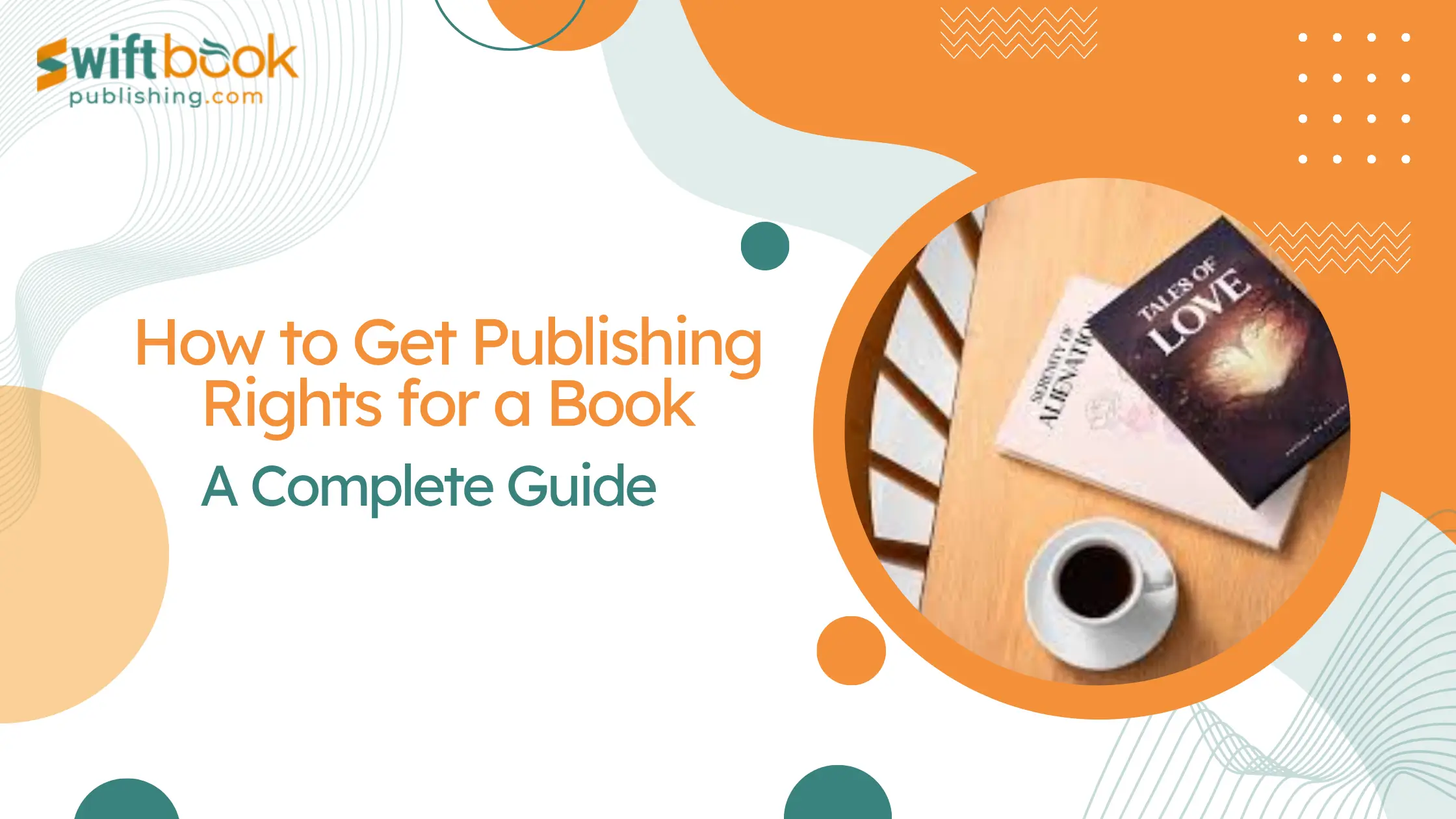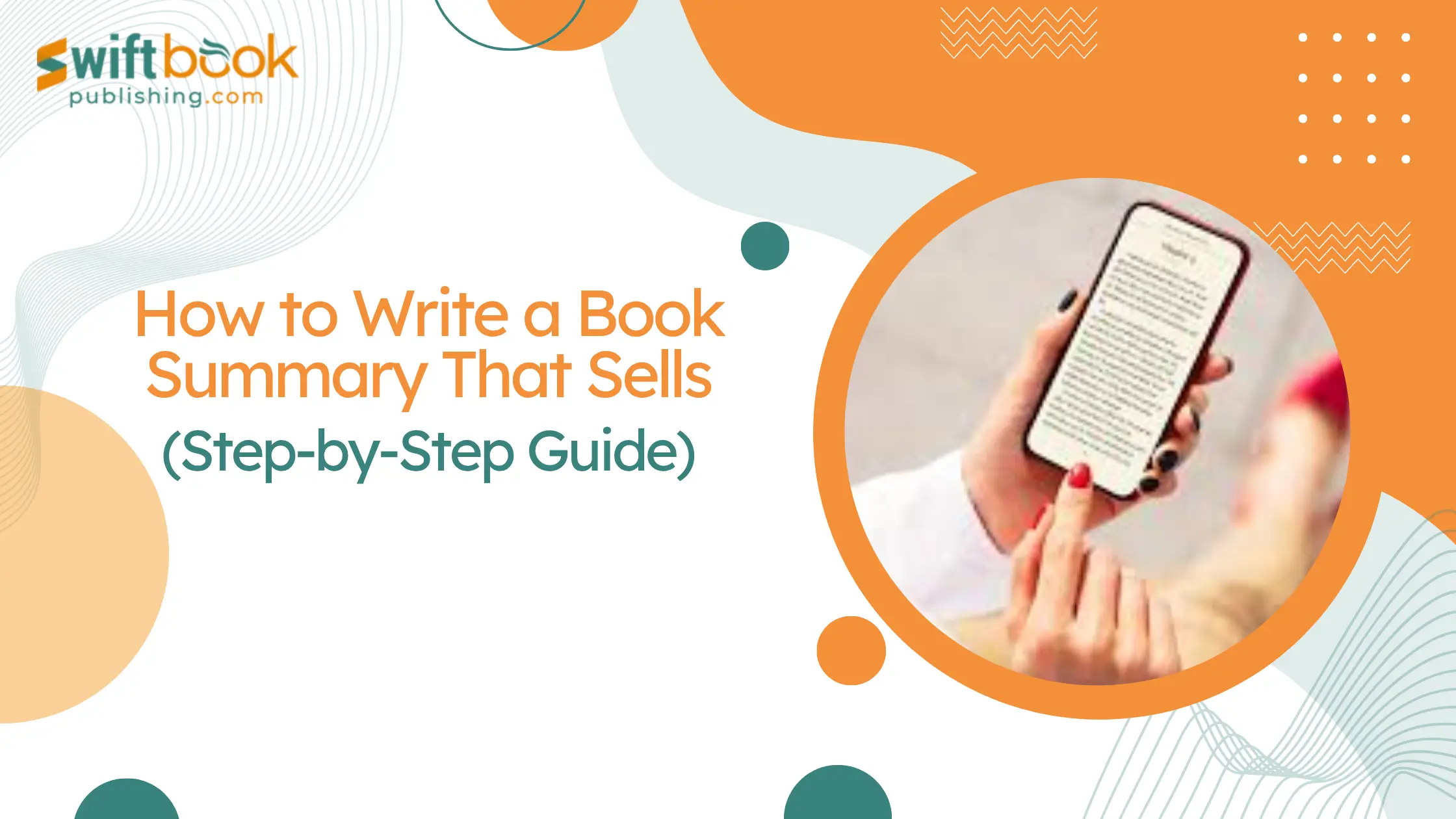Imagine you’re curled up with a novel, eagerly turning the pages. Suddenly, you find yourself in the middle of a chapter that seems to stretch on forever. You wonder, “How many chapters are in a book to keep me engaged?” This question is crucial for both readers and writers, as the number of book chapters can significantly influence the reading experience.
Finding the right balance, typically ranging between 10 to 30 in book chapters, is essential for creating a compelling and engaging story. Too few chapters might leave readers feeling overwhelmed, while too many can disrupt the narrative flow.
Having too few or too many chapters can impact pacing, engagement, and overall satisfaction, highlighting the need for careful consideration during the writing process.
This guide will explore the importance of professional book writing, the potential drawbacks of extremes, and practical tips for finding the perfect balance.
The Impact of Too Few Chapters
Having too few chapters in a book can present several challenges for readers. Long, uninterrupted stretches of text might affect the pacing and overall engagement with the story. Here are some of the key drawbacks of lengthy chapters:
Drawbacks of lengthy chapters
Can feel overwhelming and boring to readers: When a book has too few chapters, each one tends to be longer. This can make the reading experience feel overwhelming, as readers might struggle to find a convenient stopping point.
May lead to slower pacing and loss of momentum: Long chapters can drag the pacing of the story, causing a loss of momentum. Readers may find it difficult to stay engaged if the narrative doesn’t have natural breaks.
Potential for reduced engagement and reader fatigue: Without frequent pauses, readers might experience fatigue, reducing their overall engagement with the book. This can be especially problematic for novels where maintaining reader interest is crucial.
Difficulty in finding natural breaking points for pausing: When chapters are too long, it becomes challenging to identify natural breaking points. This can frustrate readers who prefer to read in shorter bursts or who need to pause frequently.
In genres such as literary fiction and novellas, fewer chapters can sometimes be effective. These genres often focus on deep character development and rich prose, allowing for longer, more immersive chapters. Additionally, shorter works like novellas may naturally have fewer chapters due to their brevity.
How many chapters is a novel? Typically, novels vary greatly in their chapter count, but understanding the balance can help maintain reader engagement and satisfaction.
The Impact of Too Many Chapters
While having too few chapters can be problematic, having too many chapters can also pose challenges. A story broken into numerous short sections can affect the reading experience in different ways. Here are some of the key drawbacks:
The drawbacks of having too many, short chapters
Can feel choppy and disrupt the flow of the narrative: When a book is divided into too many short chapters, it can create a disjointed reading experience. The frequent breaks can make it difficult for readers to immerse themselves fully in the story.
May lead to repetitive cliffhangers and artificial tension: Authors might be tempted to end each short chapter with a cliffhanger to keep readers hooked. However, this can become predictable and feel forced, reducing the overall impact of the story.
Potential for diluting the impact of significant moments: Short chapters can make it challenging to build up to and emphasize important plot points. The frequent interruptions can dilute the emotional and narrative weight of significant moments.
Can make the book feel longer than it actually is: Constantly starting new chapters can give the impression that the book is longer and more fragmented. This can affect the reader’s perception of the story’s length and cohesion.
Genres such as thrillers and other fast-paced stories, more chapters can work effectively. The quick transitions and frequent chapter breaks can enhance the tension and maintain a brisk pace, keeping readers on the edge of their seats.
Understanding the impact of chapter length and count is crucial for crafting a well-paced and engaging story. For those wondering how many chapters is a novel, finding the right balance tailored to the genre and story is key to reader satisfaction.
Finding the Sweet Spot: Factors to Consider
Determining the ideal number of chapters for your book isn’t about adhering to a strict formula. It’s about finding the sweet spot where pacing, engagement, and your unique style. Let’s explore the key factors to consider:
1. Genre Conventions and Reader Expectations
Genre conventions play a significant role in shaping reader expectations and can guide you in deciding the number of chapters your book should have. Different genres often have unspoken rules regarding pacing and structure. Understanding these conventions can help you align your chapter structure with reader expectations.
Fiction
Ever wonder how many chapters is a Fiction book has? The average can vary widely. Novels typically have between 10 and 50 chapters, but this can differ based on the subgenre.
| Fiction Genre | Typical Chapter Count | Chapter Structure | Examples |
| Mystery/Thriller | 30-50 chapters | Short, fast-paced chapters with cliffhangers or unresolved questions at the end.Each chapter introduces new clues, suspects, or twists. | Gone Girl by Gillian Flynn: 61 chapters. The Da Vinci Code by Dan Brown: 105 chapters |
| Romance | 20-35 chapters | Varies in length; shorter chapters for introductions, longer chapters for emotional development and conflict resolution.Often alternates perspectives between main characters. | Pride and Prejudice by Jane Austen: 61 chapters.Me Before You by Jojo Moyes: 27 chapters |
| Fantasy | 40-70 chapters | Longer chapters with detailed world-building and multiple storylines.May include sections within chapters for perspective shifts. | Harry Potter and the Philosopher’s Stone by J.K. Rowling: 17 chapters.A Game of Thrones by George R.R. Martin: ~73 chapters |
Non-Fiction
The number of chapters in a non-fiction book often depends on the subject matter and the depth of content.
| Non-Fiction Genre | Typical Chapter Count | Chapter Structure | Examples |
| Self-Help | 10-20 chapters | Organized around specific topics, problems, or steps in a process.Each chapter focuses on a piece of advice or technique.Chapters are often concise and action-oriented. | Atomic Habits by James Clear:20 chapters.The 7 Habits of Highly Effective People by Stephen R. Covey: ~14 chapters |
| Biographies | 15-25 chapters | Chapters are often chronological, covering different periods or significant events in the subject’s life. Length varies depending on the complexity of the period being discussed. | Steve Jobs by Walter Isaacson:42 chapters.Becoming by Michelle Obama:24 chapters |
| Educational Books | 10-15 chapters | Structured around key concepts or lessons. Each chapter delves into a particular subject or idea, often with subheadings and sections for clarity. Chapters may include exercises or summaries. | Sapiens: A Brief History of Humankind by Yuval Noah Harari: 20 chaptersA Short History of Nearly Everything by Bill Bryson: 30 chapters |
Children’s Books
Understanding how many chapters is a Childerns books has depends on your target audince. The chapter count in children’s books varies by age group.
| Children’s Book Category | Typical Chapter Count | Chapter Structure | Examples |
| Early Readers (Ages 5-7) | 5-10 chapters | Very short chapters, often 1-3 pages long. Simple language with a focus on one main idea or event per chapter. Includes illustrations and repetitive patterns to aid comprehension. | Frog and Toad Are Friends by Arnold Lobel: 5 chapters Henry and Mudge by Cynthia Rylant: ~6 chapters |
| Chapter Books (Ages 7-9) | 10-15 chapters | Short chapters, usually 3-5 pages long. Each chapter focuses on a small adventure or event. Language is slightly more complex, with illustrations to support the text. | Junie B. Jones by Barbara Park: 15 chapters Magic Tree House by Mary Pope Osborne: ~10 chapters |
| Middle Grade (Ages 8-12) | 15-25 chapters | Chapters are longer, around 5-10 pages each. The structure may include multiple subplots and character perspectives. Focuses on more complex themes and deeper character development. | Harry Potter and the Philosopher’s Stone by J.K. Rowling: 17 chapters Percy Jackson & the Olympians: The Lightning Thief by Rick Riordan: 22 chapters |
| Young Adult (Ages 12+) | 20-35 chapters | Chapter length varies widely, often 10-15 pages. Chapters may shift perspectives and delve into mature themes. The structure is more akin to adult fiction but with an emphasis on teenage experiences and emotions. | The Hunger Games by Suzanne Collins: 27 chapters The Fault in Our Stars by John Green: 25 chapters |
2. Pace and Rhythm of the Story
Think of your chapters as the beats of your narrative. The pacing and rhythm of your story significantly influence how you structure your chapters.
Fast-Paced Stories
Action-heavy scenes, cliffhangers, and rapid plot advancements benefit from shorter chapters. This creates a sense of urgency and keeps readers turning the pages. Genres like thrillers, mysteries, and some science fiction often employ this technique to maintain momentum.
Slower-Paced Stories
Character-driven narratives, introspective moments, and detailed world-building can utilize longer chapters. This allows for deeper immersion, giving readers time to absorb and reflect on the content. Literary fiction, historical novels, and fantasy epics often fall into this category.
The average number of chapters in a book should serve the story’s rhythm, not dictate it. Finding the right balance between short and long chapters can enhance the reader’s experience, maintaining engagement without overwhelming them.
3. Natural Breaks in the Narrativearc
Strategically placed chapter breaks can enhance your story’s impact. Just as a good speech uses pauses for emphasis, chapters often align with the natural progression of your story. Look for:
- Shifts in Perspective or Point of View: Introducing a new character’s viewpoint or transitioning between multiple storylines.
- Changes in Time or Location: Moving the story forward in time or changing the setting can provide natural chapter breaks.
- Completion of a Significant Event or Revelation: Wrapping up a major event or unveiling a crucial piece of information can serve as a satisfying chapter end.
These natural breaks can guide you in determining how many chapters your book should have. They help maintain narrative flow and keep readers oriented within the story.
4. Length and Complexity of the Plot
The length and complexity of your plot also play a crucial role in determining the number of chapters.
Shorter Works
Novellas and short stories might only require a handful of chapters to tell a complete and satisfying story. For example, a novella with 20,000 to 40,000 words might have 5-10 chapters, each focusing on a distinct segment of the narrative.
Epic Tales
Complex plots with multiple storylines, a large cast of characters, or spanning vast timelines might necessitate a higher chapter count to manage the narrative flow effectively. For example:
- A novel of around 50,000 words might fall into the typical range of 10–15 chapters.
- An epic fantasy exceeding 100,000 words could easily have doubled or tripled that amount, with 20-30 chapters or more to accommodate the elaborate plot and numerous characters.
Balancing chapter length with plot complexity ensures that your story unfolds smoothly, providing readers with a coherent and engaging reading experience.
5. Individual Writing Style and Preferences
The “right” number of chapters is ultimately a creative choice, influenced by your individual writing style and preferences. Some writers naturally gravitate towards shorter, punchier chapters, while others prefer crafting longer, more immersive reading experiences.
- Shorter Chapters: These can create a fast-paced, dynamic feel, ideal for writers who enjoy quick scene changes and maintaining high tension.
- Longer Chapters: These offer more space for detailed exposition, character development, and intricate plot developments. Writers who prefer a more leisurely narrative pace might opt for this approach.
Trust your instincts and experiment to find the rhythm that best suits your writing style and the specific needs of your story. There’s no one-size-fits-all formula, so allow yourself the flexibility to adapt and refine your chapter structure as you write.
Must Read Blog: The Essential Guide to Creating a Book Outline by Genre
Practical Tips for Determining Chapter Breaks
While understanding the theoretical factors influencing chapter count is essential, let’s translate that knowledge into actionable tips for your writing process:
1. Identify Key Turning Points and Shifts in the Storyline
Imagine your story as a journey with significant milestones along the way.
- Major Plot Points: These are the game-changers—a shocking revelation, a character’s death, a daring escape. Ending a chapter on such a high note creates a natural cliffhanger, leaving readers eager to turn the page.
- Shifts in Perspective: If you’re working with multiple points of view, consider a chapter break when the narrative switches to a new character. This provides a clean transition and allows the reader to settle into the new perspective.
- Changes in Setting or Time: A significant jump in time or a shift to a completely new environment can warrant a chapter break, signaling a fresh start to a new phase of the story.
2. Consider Using Scene Breaks Within Chapters for Pacing
Think of scene breaks as mini-pauses within a chapter, offering readers a chance to catch their breath without interrupting the flow of the narrative entirely.
- Change in Location or Time: Even subtle shifts, like moving from one room to another or a few hours passing, can be marked with a scene break to enhance clarity and pacing.
- Shift in Focus: If the focus shifts from one group of characters to another within the same scene, a scene break can help differentiate the two threads of action.
3. Experiment with Different Chapter Lengths and See What Feels Right
There’s no one-size-fits-all answer to the question, “How many chapters should a book have?” Allow yourself to play around with different chapter lengths during the drafting process.
- Short and Sweet: Try crafting a few chapters that are particularly fast-paced and action-packed, ending on a high note to maintain momentum.
- Long and Immersive: experiment with longer chapters for sections focusing on character development, introspection, or intricate world-building.
4. Seek Feedback from Beta Readers on Chapter Pacing and Breaks
Once you have a draft you’re comfortable with, enlist the help of beta readers. These fresh eyes can provide invaluable feedback on the pacing and flow of your chapters.
- Ask Specific Questions: Encourage your beta readers to point out any chapters that felt too long, too short, or abruptly ended.
- Be Open to Feedback: Remember, feedback is meant to help you improve. Be open to suggestions and be willing to make changes based on reader responses.
5. Don’t Be Afraid to Revise and Restructure Chapters During Editing
The editing stage is the perfect time to fine-tune your chapter breaks for maximum impact.
- Read Aloud: Hearing your work read aloud can help you identify awkward transitions, pacing issues, or places where a chapter break might be needed.
- Don’t Be Afraid to Cut: If a chapter feels too long or drags in places, be ruthless in your edits. Sometimes, cutting a scene or moving it elsewhere can significantly improve the flow.
By using these practical tips and remaining flexible throughout the writing and editing process, you’ll be well on your way to finding the perfect rhythm and structure for your story, ensuring an engaging and satisfying reading experience.
Wrapping up
As we’ve explored throughout this guide, determining how many chapters a book should have is more of an art than an exact science. The average number of chapters in a book can vary widely depending on genre, story complexity, and individual writing style. Whether you’re crafting fiction, non-fiction, or children’s books, the key is to find a balance that serves your narrative and engages your readers.
Remember, there’s no one-size-fits-all answer to how many chapters is a novel or any other type of book. Instead, focus on using chapter breaks strategically to:
- Enhance pacing and maintain reader interest
- Highlight key moments in your story.
- Provide natural pauses for readers to reflect or take a break.
While genre conventions can provide useful guidelines, such as the tendency for thrillers to have more, shorter chapters, or non-fiction books often having between 5 and 20 chapters, these should be viewed as flexible suggestions rather than rigid rules.
Remember, writing is a creative process, and it’s okay to experiment. Don’t be afraid to revise and restructure your chapters during the editing process. With patience, practice, and perhaps some feedback from beta readers, you’ll find the chapter structure that best showcases your unique story.
Frequently Asked Questions
Here are four FAQs, including the two you requested, formatted for easy readability:
1. 50000 words is how many pages?
A standard manuscript page (8.5″ x 11″ with 12pt font and standard margins) typically holds around 250-300 words. Therefore, a 50,000-word manuscript would be approximately 165-200 pages long.
2. How long is 4000 words?
A 4,000-word piece of writing is roughly equivalent to 8-10 pages using standard manuscript formatting. This could represent a substantial short story or a chapter within a longer book.
3. How Many Words In A Nonfiction Book Chapter?
The typical length of a nonfiction book chapter ranges from 3,000 to 10,000 words, with many falling in the 4,000 to 6,000 word range. However, this can vary significantly based on the subject matter, target audience, and overall book length. Ultimately, the most effective chapter length is one that adequately covers the topic while maintaining reader engagement.
How many chapters are in a book on average?
There’s no fixed answer, as chapter count depends on genre, writing style, and the story’s length and complexity. However, a typical novel might contain anywhere from 10 to 20 chapters, while longer epics could have significantly more.


